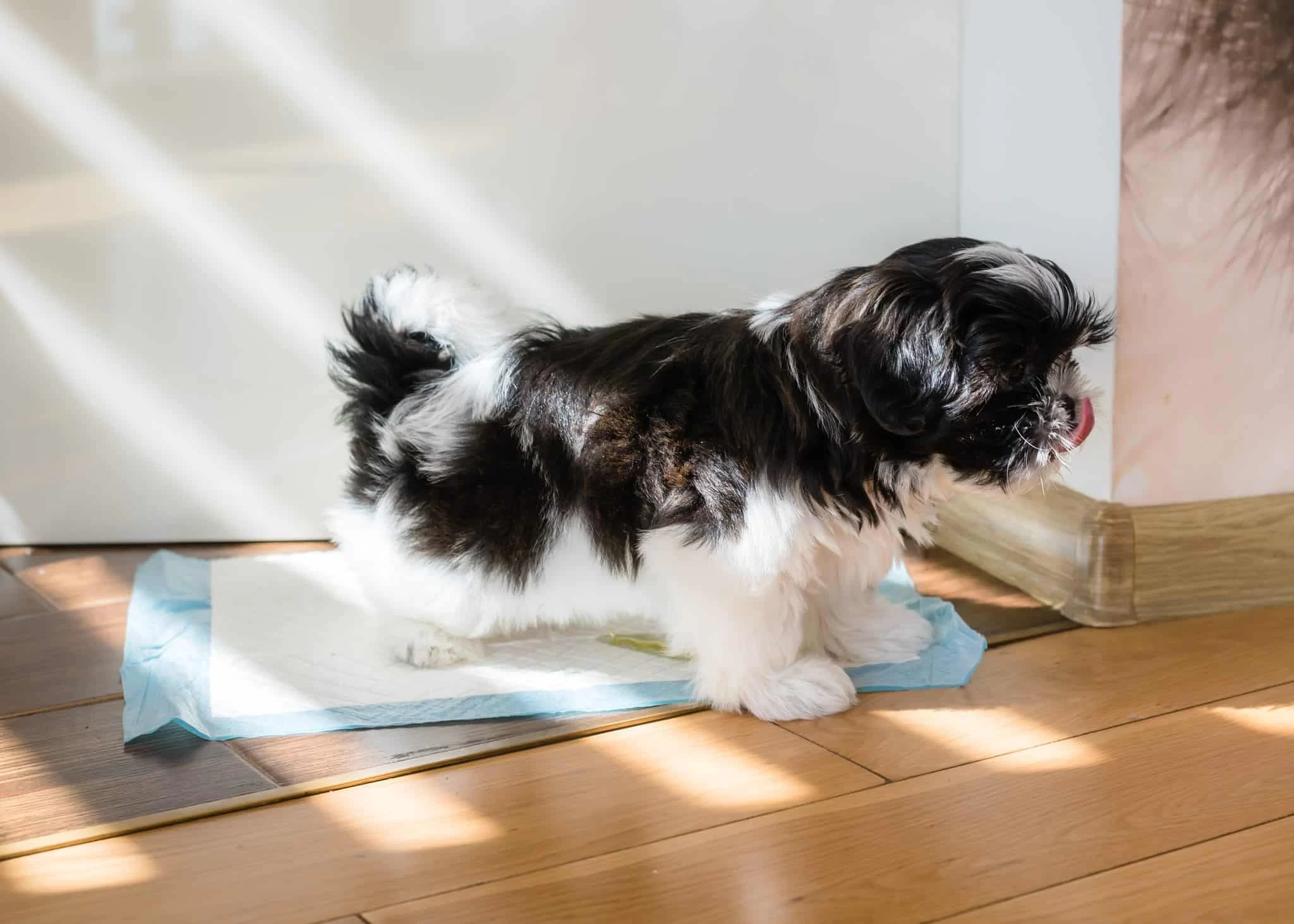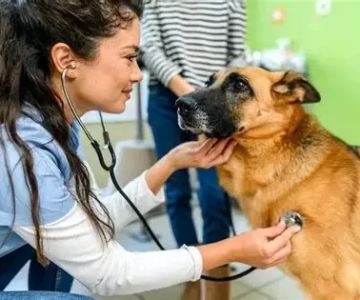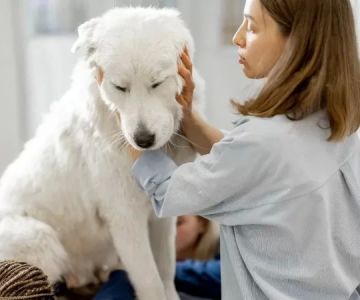How to Train a Dog to Go Outside for Potty: The Ultimate Guide
- Understanding Potty Training for Dogs
- Key Steps in Potty Training Your Dog
- Common Challenges and How to Overcome Them
- Top Tips for Successful Potty Training
- Recognizing Your Dog's Potty Signals
- Essential Tools and Resources for Potty Training
Understanding Potty Training for Dogs
Potty training is one of the most important aspects of training a dog, yet it can be one of the most challenging tasks for new pet owners. Training your dog to go outside for potty requires patience, consistency, and a good understanding of your dog’s natural instincts.
Dogs, like all animals, need to establish regular bathroom habits, and they rely on their owners to guide them through the process. When dogs are potty trained, they understand where they can relieve themselves and how to ask for permission to go outside. This not only keeps your home clean but also strengthens the bond between you and your pet.
Key Steps in Potty Training Your Dog
Training a dog to go outside for potty involves several essential steps, each contributing to a successful potty routine:
- Establish a Routine: Dogs thrive on routines, and potty training is no exception. Take your dog outside at regular intervals—first thing in the morning, after meals, before bed, and every few hours during the day.
- Choose a Designated Spot: Pick a specific area outside where you want your dog to go potty. This will help them associate that spot with bathroom time, making it easier for them to learn.
- Reward and Praise: Positive reinforcement is key. Immediately after your dog goes potty outside, reward them with treats, praise, or playtime. This will teach them that going outside is the right behavior.
- Supervise Indoors: When indoors, keep a close eye on your dog. If you catch them in the act of having an accident, quickly take them outside to the designated potty area. Never punish them after an accident has occurred—it’s too late for them to connect the action with the punishment.
- Be Consistent: Consistency is crucial in potty training. Stick to the schedule, take them outside at the same times every day, and reward them consistently for going outside.
By following these steps, you’ll gradually help your dog develop a consistent potty routine that works for both of you.
Common Challenges and How to Overcome Them
Potty training can be a tricky process, and it’s common for pet owners to face challenges along the way. Here are some common issues and tips for overcoming them:
- Accidents Indoors: If your dog continues to have accidents indoors, it might be because they’re not being given enough opportunities to go outside. Increase the frequency of bathroom breaks and ensure they’re supervised indoors.
- Separation Anxiety: Some dogs may have accidents due to separation anxiety. If this is the case, try to provide your dog with a comfortable, safe space while you’re away. Consider using crate training as a tool to manage anxiety and reduce accidents.
- Reluctance to Go Outside: Some dogs might resist going outside for potty due to fear of certain weather conditions, loud noises, or unfamiliar environments. Gradually expose your dog to different outdoor environments, and reward them for going outside in all conditions.
- Not Understanding the Routine: If your dog isn’t catching on, consider using a cue word or phrase (like “go potty”) whenever you take them outside. This can help them associate the phrase with the action.
Every dog is different, and potty training can take time. Be patient, stay consistent, and don’t be afraid to ask for professional help if needed.
Top Tips for Successful Potty Training
To ensure success in potty training, consider these additional tips:
- Use a Crate: Crate training can be an excellent way to help your dog learn to hold their bladder. Dogs instinctively avoid soiling their sleeping area, so using a crate can help teach them to wait until they’re let outside.
- Be Patient and Avoid Punishment: Accidents are a normal part of the potty training process. Never scold your dog after an accident, as this will only confuse them and may damage the trust between you.
- Set Realistic Expectations: Understand that every dog learns at their own pace. Small puppies may take a few months to fully grasp the concept, while older dogs might learn faster.
- Monitor Diet and Hydration: Sometimes, dogs may have trouble holding it because they’ve been overfed or are drinking too much water too quickly. Keep track of your dog’s eating and drinking habits to avoid accidents related to diet.
With patience, consistency, and the right tools, you can successfully train your dog to go outside for potty.
Recognizing Your Dog's Potty Signals
Understanding your dog’s potty signals is an essential part of the training process. Common signs that your dog needs to go potty include:
- Circling or sniffing the ground
- Scratching or pawing at the door
- Whining or barking to get your attention
- Restlessness or pacing around the house
If you notice any of these signals, immediately take your dog outside to the designated potty area. The quicker you respond, the more successful your training will be.
Essential Tools and Resources for Potty Training
Having the right tools and resources can make potty training much easier. Here are some items you may want to consider:
- Potty Pads: If you’re working on potty training indoors, potty pads can provide an interim solution until your dog is fully trained to go outside.
- Crate: As mentioned earlier, crates are invaluable for housebreaking, as they encourage your dog to hold their bladder.
- Positive Reinforcement Treats: Use treats specifically designed for training purposes to reward your dog when they go potty outside.
- Training Books or Courses: There are many training resources available that can provide additional guidance. Consider visiting Hidden Brook Veterinary for expert advice on potty training techniques.
These tools will help ensure that your dog’s potty training experience is smooth and successful.










